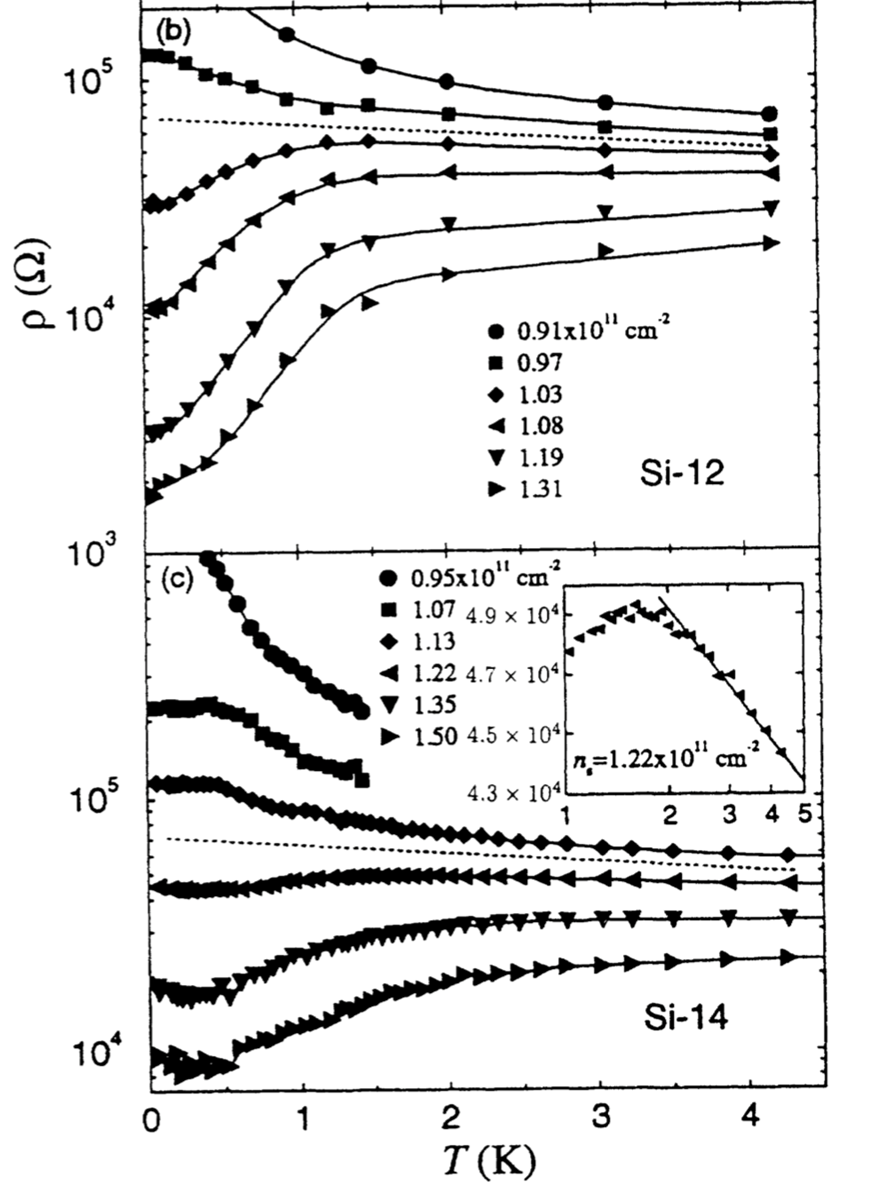Lecture 14
04/05/2023, Th.
Today
Weak localization
Strong localization
1. Weak localization
The quantum correction to conductivity is (roughly) proportional to the probability for the electron to traverse a closed (self-intersecting) loop without losing its coherence.
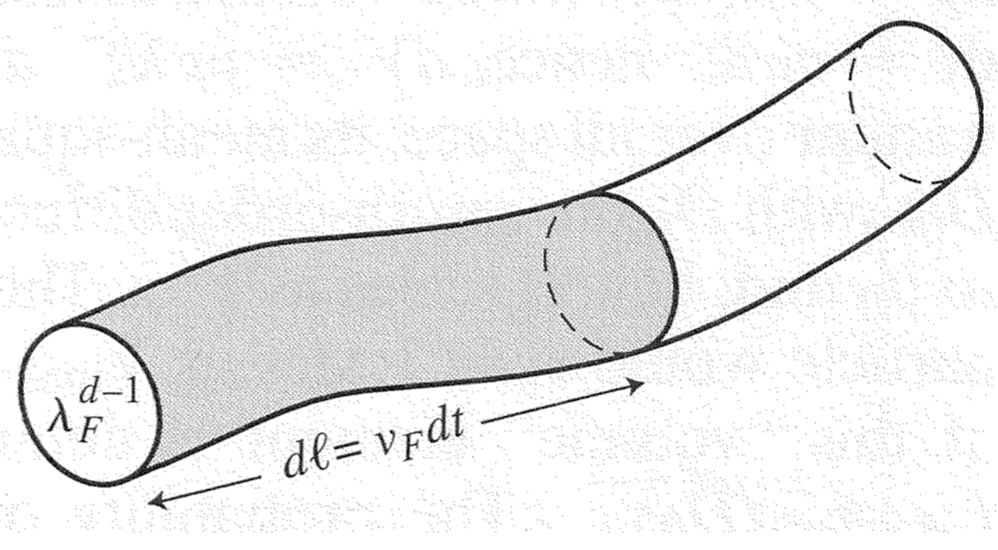
This probability would be zero for a classical particle, but for a quantum particle like an electron, we treat it as a tube of finite thickness of the order of its wavelength,
The correction is then proportional to the volume ratio
The minus sign comes from the expectation of localization in this case.
The lower bound of the integral is
Massage the Drude conductivity a little bit
where we have dropped order 1 factors. Multiplying
Integrating, we find
First consider the
Plug this into
Recall the scattering time due to electron-electron scattering depends on temperature via
So the Drude conductivity changes with temperature as
For phonon dominated scattering
Now we consider
But for intermediate
High-quality metallic film is very good for this kind of measurements.
But how? Break the interference: Magnetic field, magnetic impurity, SOC, Berry phase.

There is magnetic phase as the electron closes up a loop. The Aharohnov-Bohm phase is proportional to the magnetic flux
where the flux quantum is taken to be
So the phase difference is between
So the perfect interference of self-intersecting paths get disrupted by the magnetic phase, which will supress the localization effects, and in turn leads to a negative magnetoresistance (磁阻).
Let's try and estimate the magnitude of the negative MR. If we use the diffusion length
Define
where the magnetic length is defined as
Obviously,
For small
The full theory of weak localization was developed in the Hikami-Larkin-Nagaoka equation (Prog. Theo. Phys. 63, 70 (1980)).
If
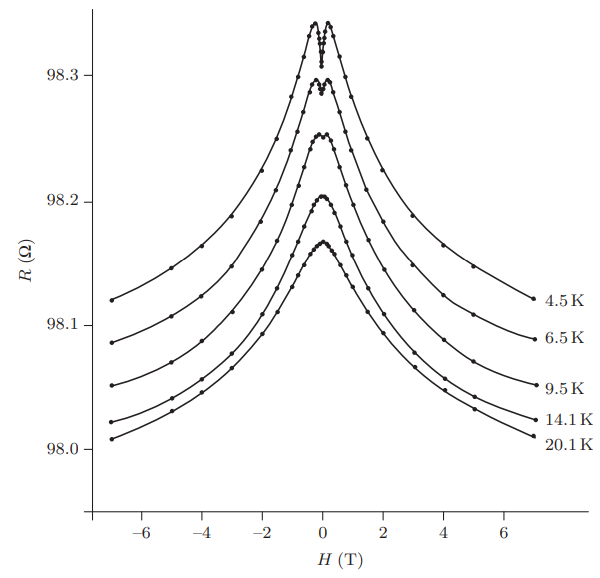
The above figure (Figure 11.6 from G&Y) shows experimental transport data illustrating the negative magnetoresistance of a 2D disordered system caused by the destruction of time-reversal symmetry as a magnetic field is applied. At weak fields and the lowest temperatures one sees a small region of positive magnetoresistance.
This corresponds to a negative change in conductivity in magnetic field. This means without magnetic field destroying the interference, the electrons are more delocalized.
This turns out to be the result of spin-orbit scattering, by heavy atoms (as impurities). The phenomena is called weak anti-localization.
Flux-threaded lithium tube:

as an electron move across the tubular conductor, it can follow self-intersecting paths with different winding numbers
Then the A-B phase difference is
We thus expect the magnetoresistance to oscillate with , with period 0/2. This is indeed seen experimentally.
2. Thouless scaling idea
We have seen in the Landauer model that the resistances do not add. This is a consequence of the nonlocality of quantum transport. This means there can be nontrivial dependence on the system size. So how does conductance
For a metal block of size
where
is the time scale for an electron to diffuse across the block, and
is the energy level spacing (能级间隔).
Introduce a Thouless energy
which is the energy uncertainty associated with diffusion.
here
In Thouless's picture, conductance is determined by the level spacing
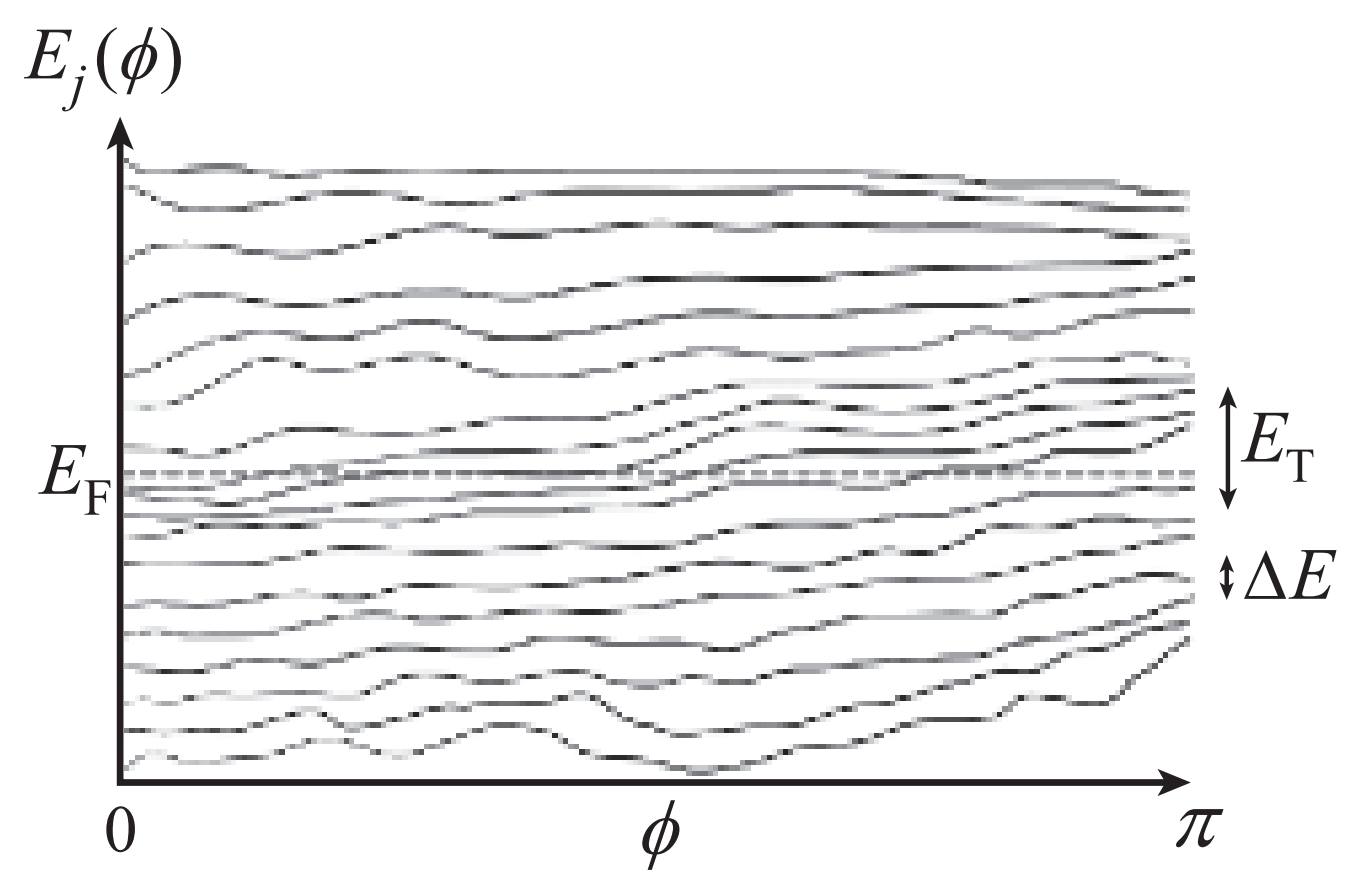
Let us build a metal form bottom up,
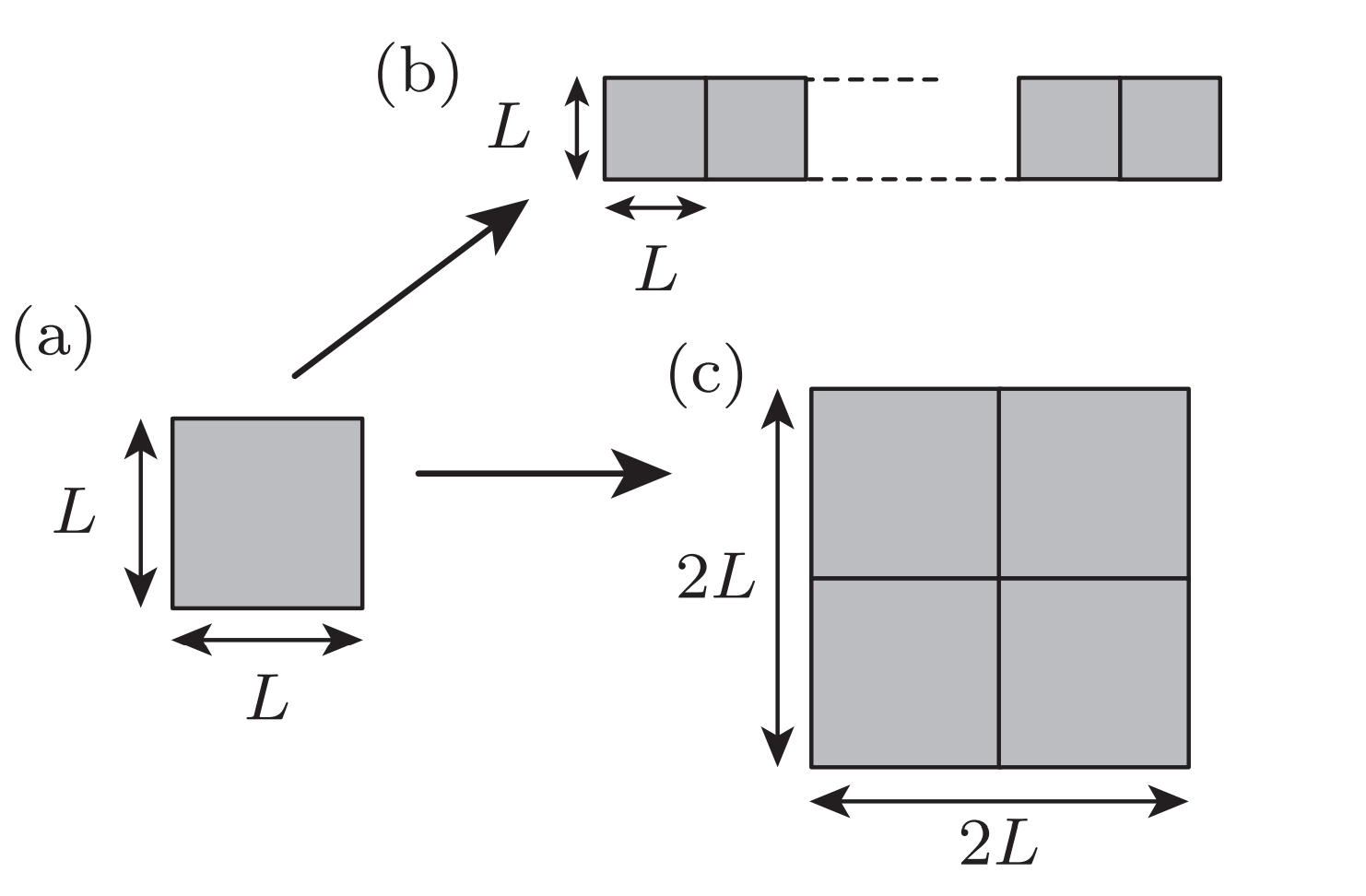
For large perturbation
Here, the scaling function
3. Anderson localization
In 1979, the gang-of-four paper by Abrahams et al argues that the scaling function not only exist, but also is universal, independent of microscopic details, such as band structure, impurity, etc.
The scaling function
in good conductors, the Ohm's law holds. So
The opposite limit is the localized regime (like the Anderson insulator)
so
Abrams et al further assumed that
here
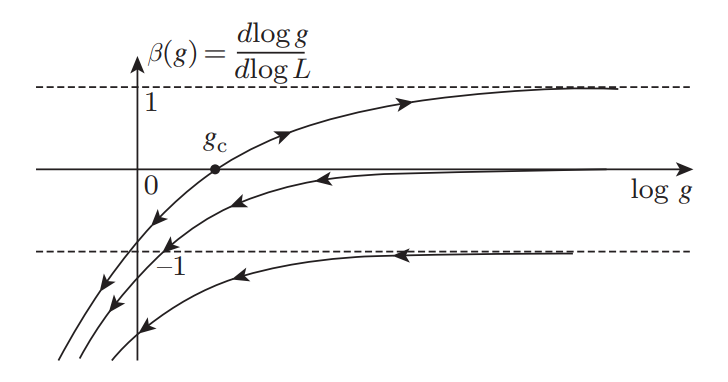
d=3:
large g: a good metal stays a good metal
small g,
d=1, 2: always localized for small
d=1: always flow to insulating state: strong localization
d=2: in the large g regime, g decreases slowly. It is possible to observe weak localization.
Some recent developments:
In high-quality 2D films, there is a critical electron concentration, beyond which the system does not localize.
That is, as
The scaling function need not be monotonic. For d = 2, and
